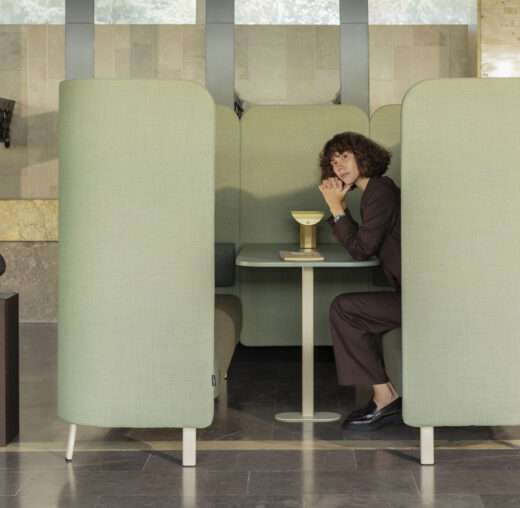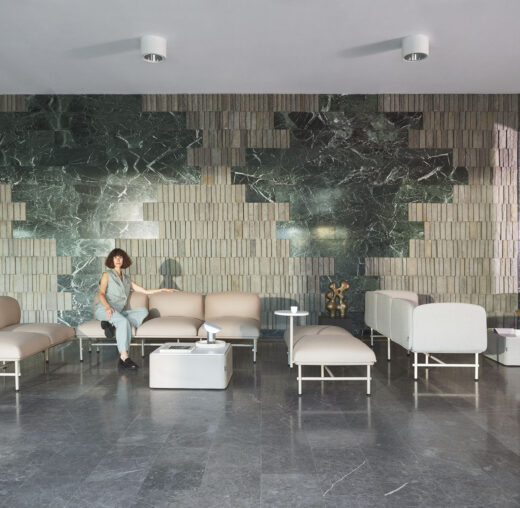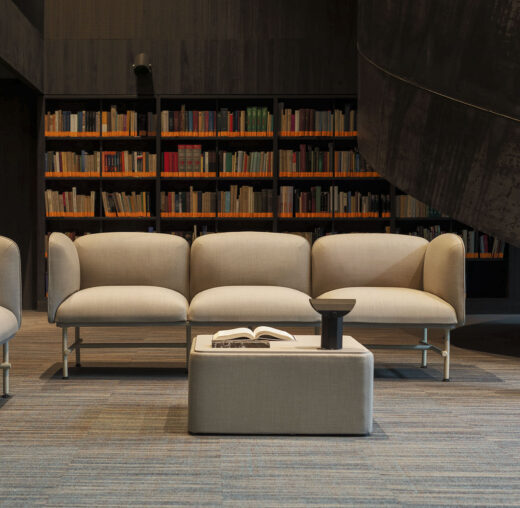Imagine an office where employees not only complete their tasks, but also feel motivated, healthy and full of energy. This is not utopia – it’s the result of conscious workspace design. Comfort in the workplace is no longer just a “nice-to-have.” Modern research clearly shows that a well-designed office space has a direct impact on productivity, creativity and team health.
Why employee comfort is an investment, not a cost?
In the world where the lines between work life and private life are often blurred, the idea of well-being in offices is becoming crucial. It involves not only ergonomics or air quality, but also an atmosphere supportive of both focus and recovery. This not only improves efficiency, but also affects the company’s image as an attractive employer.
In this article, we’ll make a deep dive into investing your employees’ comfort and what elements can make your workplace a supportive environment for both work and well-being.
Why is it important to ensure a healthy workspace?
Workplace comfort is not just a matter of aesthetics – it is a strategic element of business management that affects the efficiency and satisfaction of teams. Studies confirm that there is a strong correlation between workplace quality and employee productivity. Employees who are satisfied with the conditions they work in are more engaged, productive and less likely to take sick leave. For example, a study by Gensler found that as many as 90% of executives believe that a well-designed office promotes efficiency.
On the other hand, excessive stress generated by a poorly planned workplace can lead to lower motivation and productivity, as well as increase absence. This is why businesses that want to build lasting relationships with their employees and keep them for longer are putting more and more focus on the idea of well-being. Investing in the comfort and well-being of the team is not only a way to improve performance, but also to strengthen the image as an attractive employer, which is crucial in the context of employer branding and talent retention.
What to consider designing the office?
Designing an office that supports employee productivity and well-being requires addressing several key issues. Convenience is one of them – ergonomic desks and chairs help prevent pain and increase comfort, which can turn into productivity growth of up to 20%. Lighting is no less important – access to natural light promotes concentration, improves mood and reduces eye fatigue.
The acoustics play a key role in an open space office – reducing noise with acoustic panels or booths, supports concentration and helps minimize distractions. Meanwhile, interior aesthetics, including colors and plants, have a significant impact on the mood of employees, stimulating their creativity and motivation.
But can beauty and utility be combined? Of course! Choosing well-designed furniture, you will take care of the comfort of your employees, without sacrificing good design. It is with such needs in mind that we have created the Frame collection, which is distinguished by refined details, while not losing quality and comfort.
It’s also a good idea to take care of relaxation zones that help team recovery and integration, building a welcoming environment. So when you’re planning the space, remember that a properly designed office is not just a place to work, but also a space that inspires, supports and improves the quality of life of its users.
How to apply well-being rules in the office?
Bringing well-being principles into an office starts with understanding the needs of its users. Staff consultation is a key step to identify what solutions will improve their comfort and efficiency. Do they need quiet work zones, more natural light, or perhaps better rest areas? The answers to these questions provide a solid foundation for designing a space that supports well-being.
The next step is to work with experienced architects and equipment suppliers to help translate these needs into concrete solutions. It is worth to remember that implementing changes does not always require expensive and time-consuming renovations. You can start with step-by-step investments, such as replacing chairs with ergonomic ones, installing acoustic panels or adding plants to the office, and in the long run plan more comprehensive actions. Such flexibility allows a company to adapt to new trends and team expectations while staying on budget.





